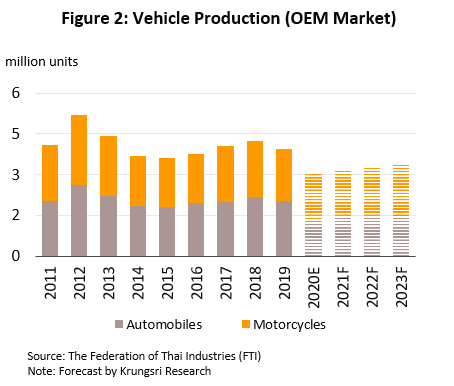

Written by an author with over 38 years of experience in the chemical and petrochemical process industry, this handbook will present an analysis of the process steps used to produce industrial hydrocarbons from various raw materials.
#2014 petrochemical processes handbook pdf
Among the more familiar are petroleum refining, gas processing, petrochemical and polymer production, bio processing and bio production, biopharmaceutics and food processing, fertilizer manufacture, cement and lime production, minerals and metal extraction and refining, paper and board manufacture, biomass and sugar refining, production of industrial and fine chemicals. Chemistry Of Petrochemical Processes PDF Books. A great variety of process industries serve the needs of society. This was accomplished in the form of so-called Type II supported transition metal sulfide (TMS) catalysts, unsupported/bulk TMS catalysts, improved bed grading catalysts and stacking strategies, advanced catalyst loading techniques, improved trickle-flow reactor internals designs, and more effective catalyst activation methodologies.Chemical Engineering covers the development, design and operation of chemical processes and plants for the extraction, conversion and recovery of materials that is based on both chemical and biological systems.

With the advent of ultra-low-sulfur fuel regulations ushering in the first decade of the twenty-first century, however, it was required for hydrotreating research and development to deliver quantum improvements in catalyst performance and process technology. Many of the product quality specifications are driven by environmental regulations, and these regulations are becoming more stringent every year.

From 1980 until the end of the last century, hydrotreating catalysts were becoming more commoditized as the formulations were less differentiated among the various suppliers. Until about 1980, hydrotreating was a licensed technology being offered by a fairly large number of companies. Hydrotreaters are designed for and run at a variety of conditions depending on many factors such as feed type, desired cycle length, and expected quality of the products. Hydrotreating is also used for upgrading the quality of atmospheric and vacuum resids by reducing their sulfur and organometallic levels. overview nptel, petrochemical processes handbook pdf revizionsim, hydrocarbons processing iseralaska org, 2018 petrochemical processes handbook limited time offer, chemistry of petrochemical processes 2nd. The lighter distillates, such as naphtha, are generally treated for subsequent processing in catalytic reforming units, and the heavier distillates, ranging from jet fuels to heavy vacuum gas oils, are treated to meet strict product quality specifications or for use as feedstocks elsewhere in the refinery. Petrochemical Processes Handbook 2014 Advanced Process Control and Information Systems 2005 This. These objectionable materials include, but are not solely limited to, sulfur, nitrogen, olefins, and aromatics. SABIC is one of the top three chemicals and polymer producers in the world. Leading Saudi Arabian chemical companies Table 2 lists the top 11 chemical companies in Saudi Arabia ranked by their 2012 sales.

Hydrotreating or catalytic hydrogen treating removes objectionable materials from petroleum fractions by selectively reacting these materials with hydrogen in a reactor at relatively high temperatures and at moderate pressures. a complete portfolio of petrochemical products.


 0 kommentar(er)
0 kommentar(er)
